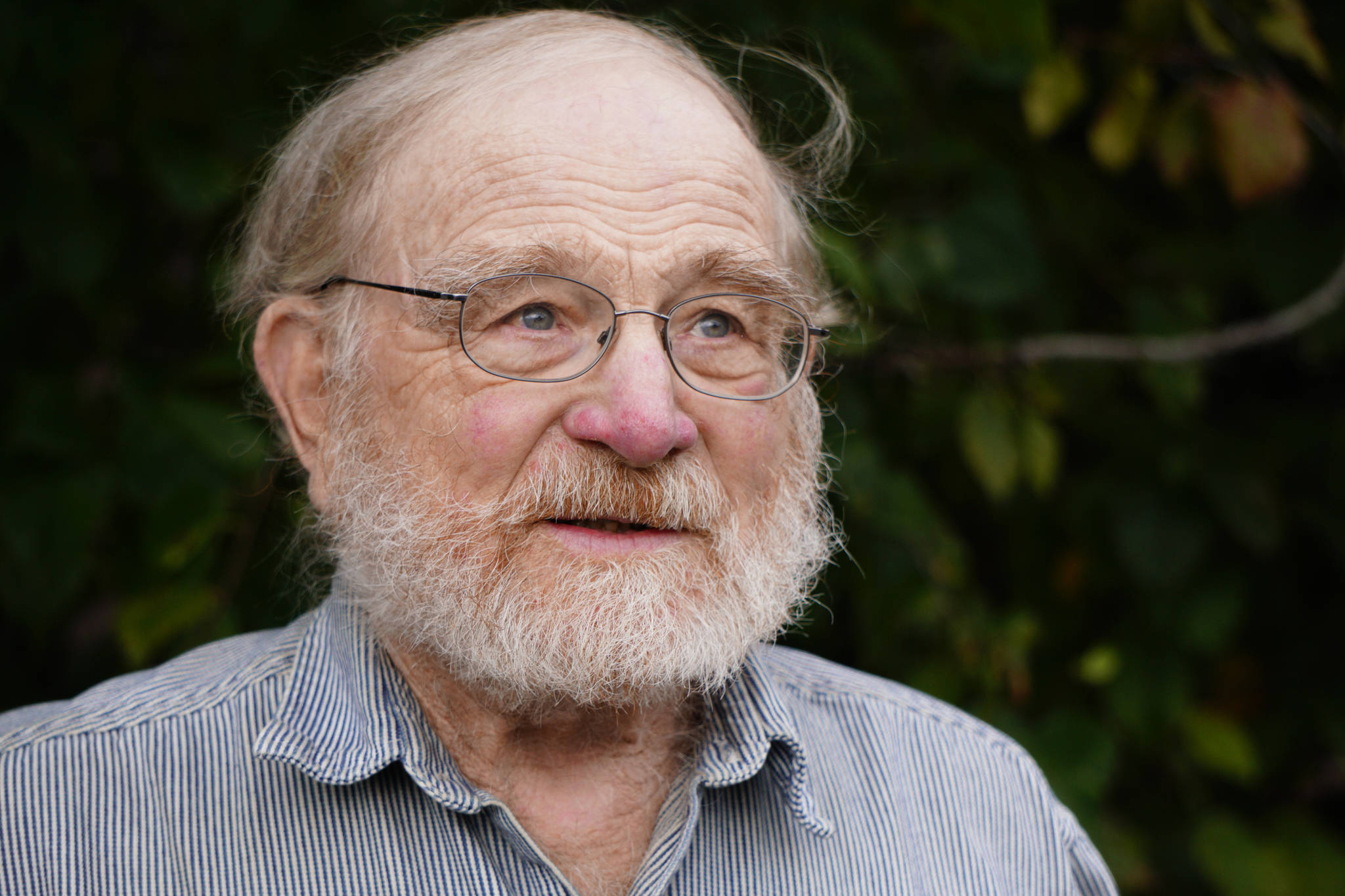Why has a family of four, entitled to $28,000 in Permanent Fund dividends over last three years only received less than $15,000? Why has the local economy lost the benefit of $40 million which we would have under the legal dividend formula? According to the Permanent Fund Corporation the loss to the Kenai Peninsula Borough economy is $200 million. Inflation rate? The current year dividend of $1,600 has only the buying power of $400 in 1982. My calculations are derived from average inflation rate of 2.2 percent for consumer goods, more for government services, and a giant leap upward for medical costs, as much as 18 percent one year.
Collectively, in 2015, state financial assets exceeded $100 billion ($53 billion in the Permanent Fund) according to the Oct. 26, 2015, Attorney General’s report. Today assets have grown to perhaps $125 billion — $65 billion in the Permanent Fund (including Earnings Reserve Account). That is the largest of many state investment funds. There is roughly another $60 billion (presuming other state investment funds have invested as well) spread amongst various state authorities, corporations, trusts and even state owned banks.
The biggest are the $33 billion held by the Retirement Management Board. The Housing Finance Corporation and the Industrial Development and Export Authority hold about $6 billion. The Alaska Gasline Development Corporation, Mental Health Trust, and the Commercial Fishing and Agriculture, and the Bond Banks, and the Alaska Power Authority, are all on the list provided on page 41 of the 2015 report of the Alaska Financial Opportunities Working Group chaired by then Attorney General Craig Richards. He now chairs the Permanent Fund Board at the behest of the governor.
These quasi-independent state-owned organizations have many well-paid employees. The significant reduction of employees has been limited to basic agencies. Did not happen to the special interests.
The Financial Opportunities Working Group report, p. 16, 4.2.1, reads: “Single Authority. Alaska could assign investment authority for all funds to a single entity — the Treasury Division or the Permanent Fund Corp. or to a newly created entity.” 4.2.2: “Creating an umbrella organization.”
I diverge here in answer to the questions of many good citizens about supporting needed services. If we continue to treat the oil industry like the poor turnip which it claims to be, and which persuades the House, Senate and Governor to go for the easy money from our PFDs, it is because we make the same election mistakes.
So here is what we could consider:
1) Eliminate or reduce the many slush fund organizations we created when the pipeline was full. We can’t afford them now.
2) Get a fair-share royalty on production of state oil and gas — 50 percent of gross value by our appraisers, not theirs.
3) Increase royalties for exploitation of other public resources: Renewables like commercial fish, to 12 percent. Non-renewables like mining, to 18 percent. Institute state income tax at 10 percent of federal income tax for those who work here. The state has high expenses maintaining infrastructure used by those who live outside — ports, roads, airports, law enforcement. All should pay.
I would put half of all new revenue into the Permanent Fund so that it may grow and will earn more to keep up with inflation, pay greater dividends and have money left over for services. The last legislature united with the governor in taking billions from Permanent Funds already invested. That means that the Fund has 5 percent less to invest this year. Carried forward the Fund could be 50 percent less in 10 years. Permanence lost.
Larry Smith is a carpenter and a long-time Homer resident and observer of Alaska politics.


